Help me - Pioneer TS-W305F
- Subwoofers
- 4 Replies
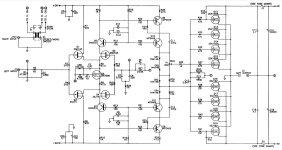
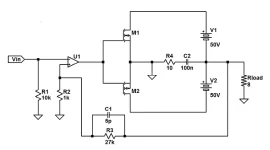
| Speaker Model | Frequency Response | Sensitivity | Power Handling | Impedance | Configuration | Horizontal Dispersion | Vertical Dispersion | Price (approx.) |
|---|---|---|---|---|---|---|---|---|
| Designed Speaker | 34 Hz – 20 kHz (±3 dB) | 86.5–87 dB | 100W RMS | 4Ω (<450 Hz), 8Ω (>450 Hz) | 3-way | ~90° at 1 kHz, ~60° at 10 kHz | ~40° at 1 kHz, ~30° at 10 kHz | $372 |
| Polk Audio Signature Elite ES15 | ~50 Hz – 20 kHz* | ~88 dB* | N/A | 8Ω* | 2-way | ~90° at 1 kHz, ~60° at 10 kHz* | ~40° at 1 kHz, ~30° at 10 kHz* | $250–$300 |
| ELAC Debut B6.2 | 44 Hz – 20 kHz | 87 dB | 30–120W | 6Ω | 2-way | ~90° at 1 kHz, ~60° at 10 kHz* | ~40° at 1 kHz, ~30° at 10 kHz* | $300 |
| Klipsch R-51M | 62 Hz – 21 kHz | 93 dB | 85W RMS | 8Ω | 2-way | ~90° at 1 kHz, ~60° at 10 kHz (horn-loaded) | ~40° at 1 kHz, ~30° at 10 kHz | $250 |
| KEF Q150 | 51 Hz – 28 kHz | 86 dB | 10–100W | 8Ω | 2-way (Uni-Q) | ~90° at 1 kHz, ~90° at 10 kHz (coaxial) | ~90° at 1 kHz, ~90° at 10 kHz (coaxial) | $500 |
| Triangle Borea BR03 | ~45 Hz – 20 kHz* | 87.3 dB | 30–120W | 8Ω* | 2-way | ~90° at 1 kHz, ~60° at 10 kHz* | ~40° at 1 kHz, ~30° at 10 kHz* | $500–$600 |

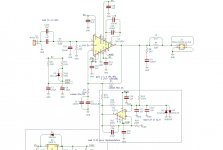
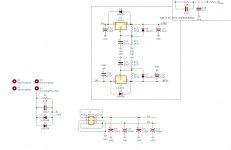
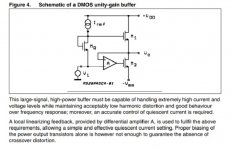
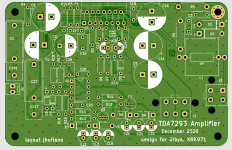
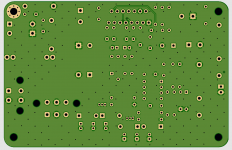
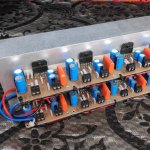
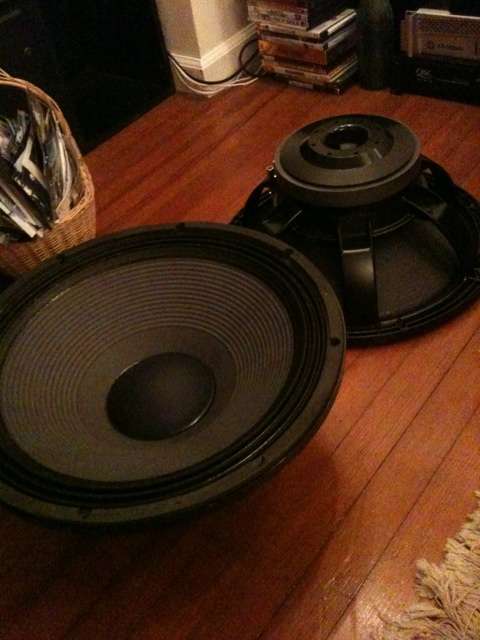

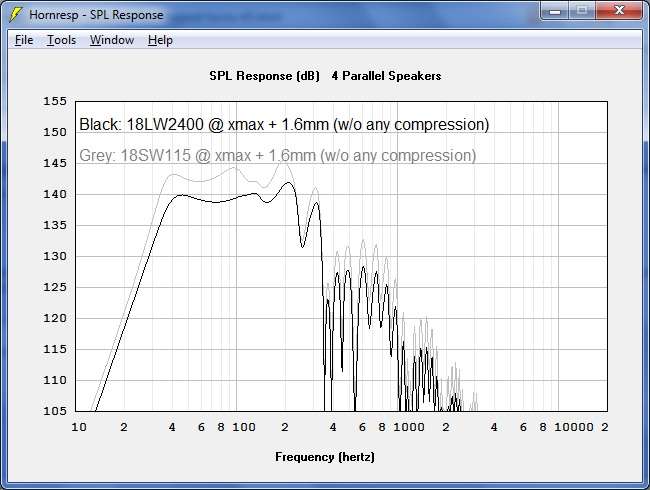
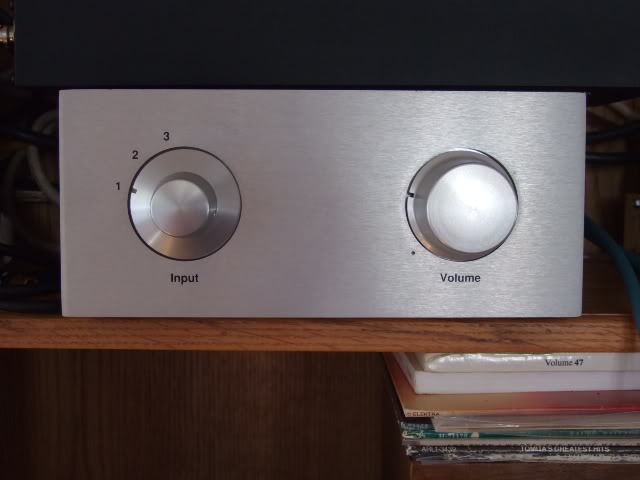
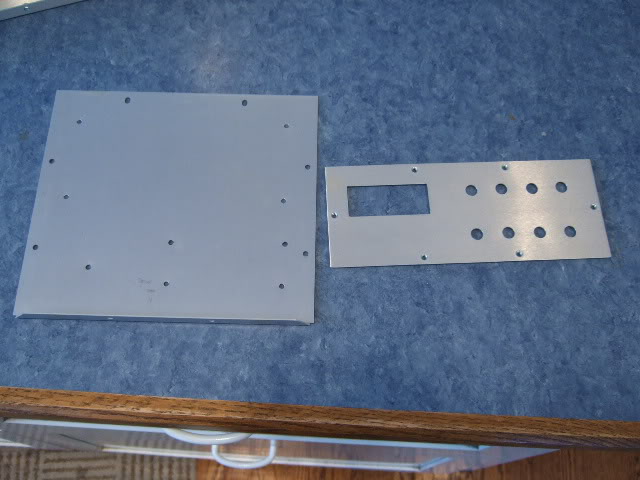
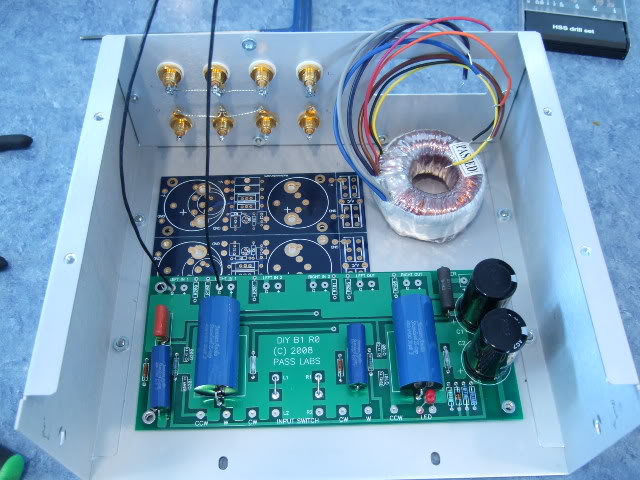
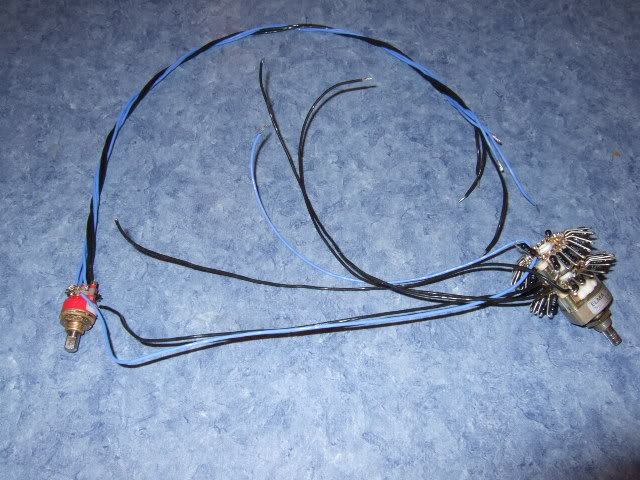

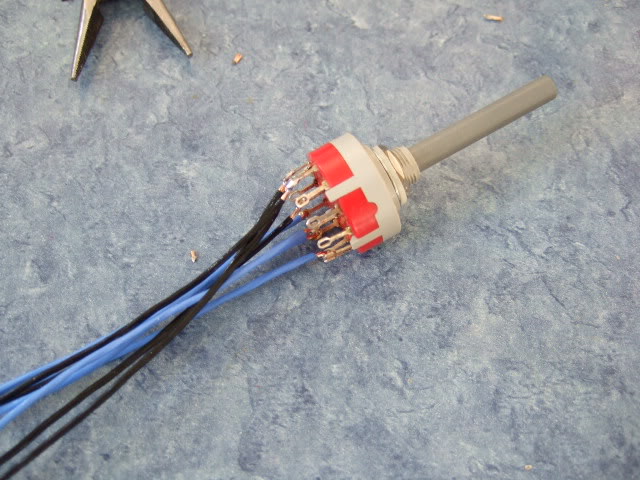
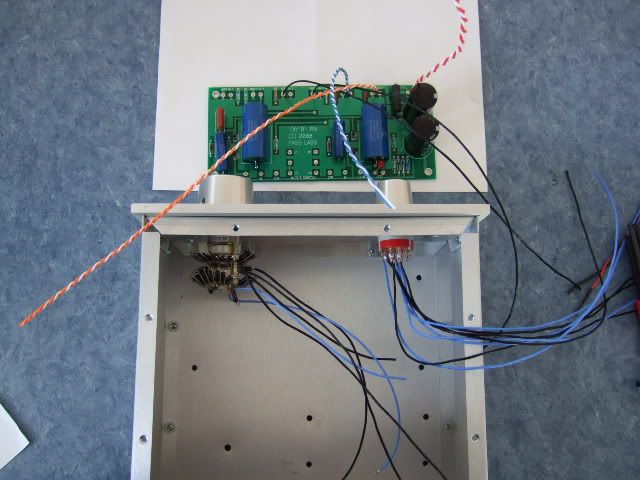
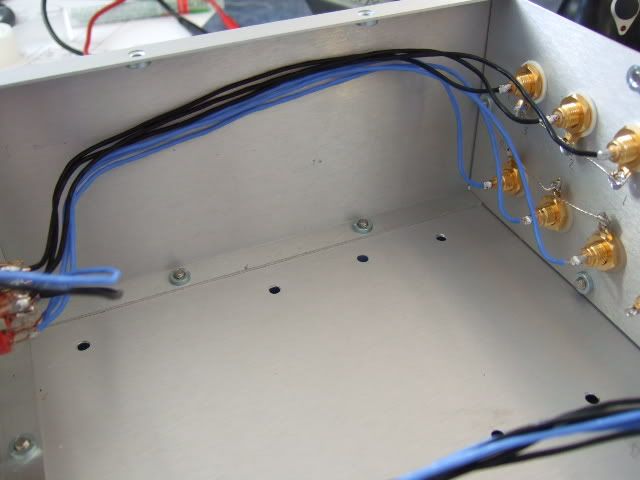
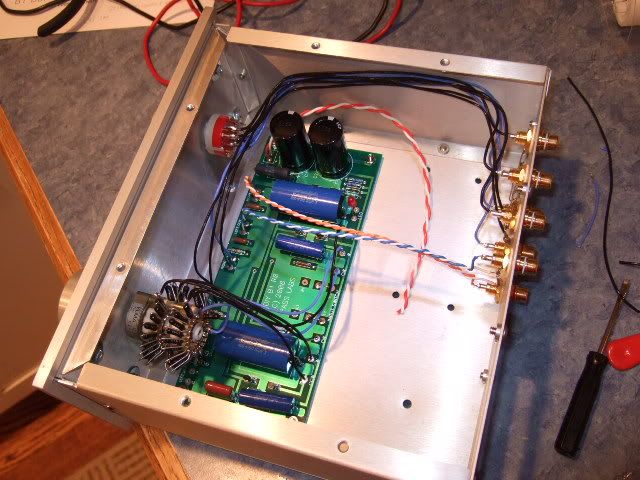
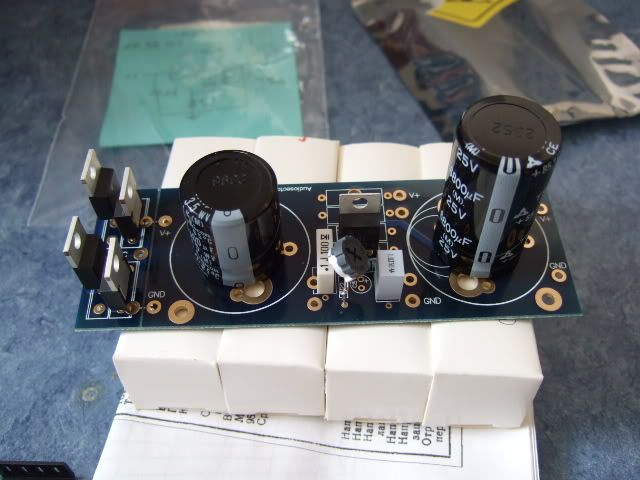
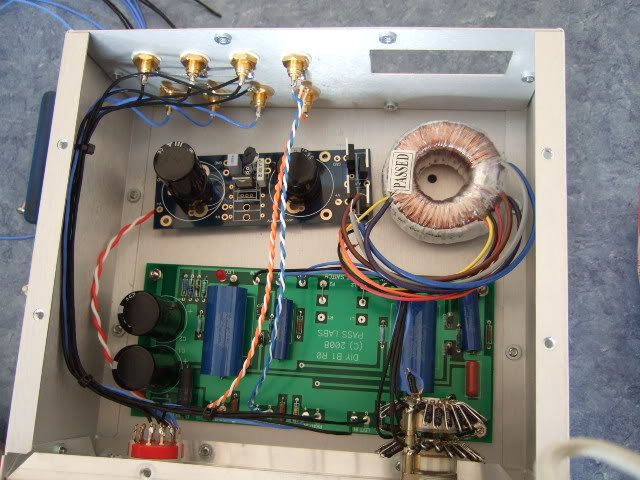
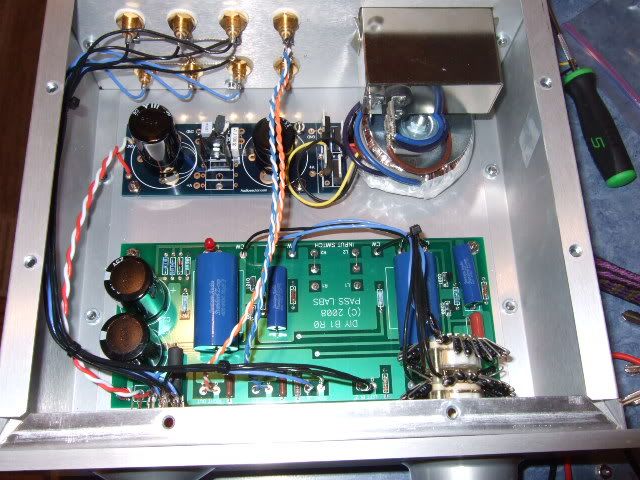
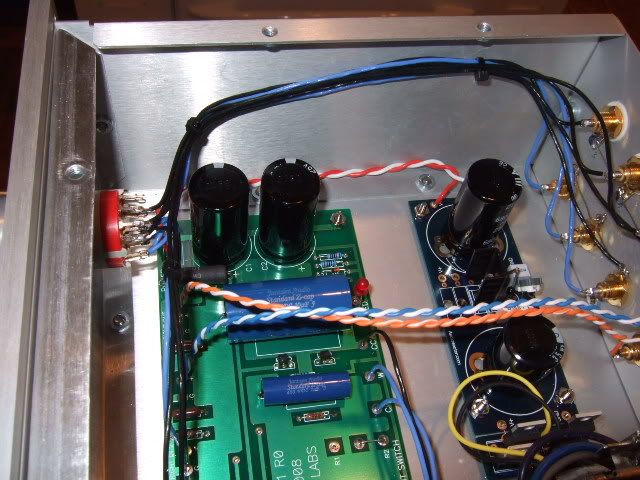
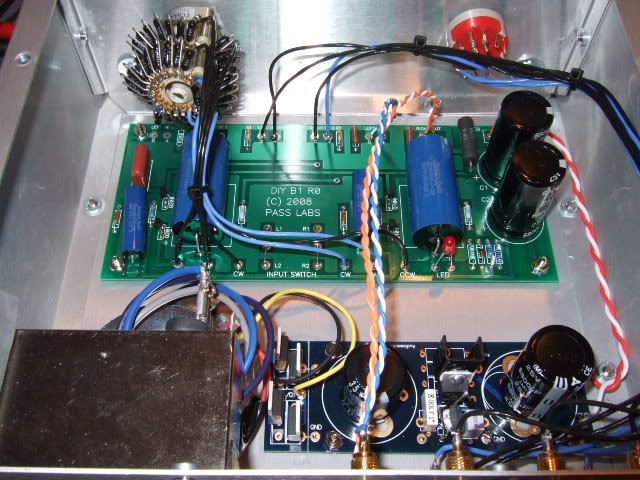
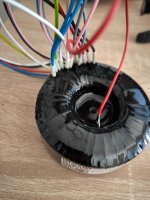
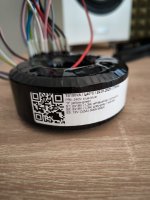
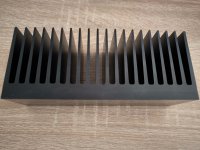
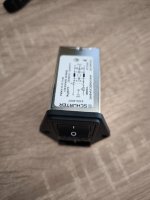
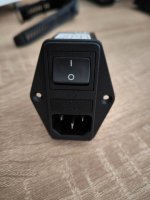
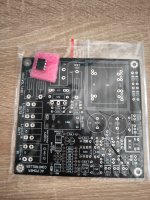
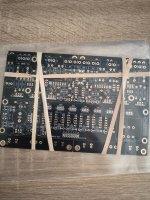
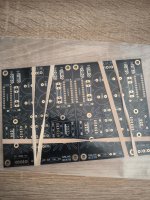
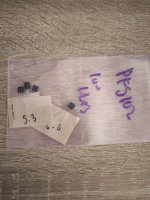
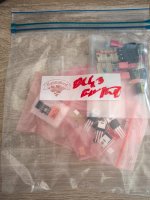



Harmonic Frequency Fourier Normalized Phase Normalized
Number [Hz] Component Component [degree] Phase [deg]
1 1.000e+03 3.959e+00 1.000e+00 -179.97° 0.00°
2 2.000e+03 3.508e-03 8.861e-04 -91.90° 88.07°
3 3.000e+03 3.851e-04 9.727e-05 -179.56° 0.42°
4 4.000e+03 2.383e-05 6.019e-06 13.08° 193.05°
5 5.000e+03 1.936e-05 4.890e-06 -0.11° 179.86°
6 6.000e+03 1.483e-05 3.747e-06 -0.20° 179.77°
7 7.000e+03 1.271e-05 3.211e-06 -0.19° 179.78°
8 8.000e+03 1.113e-05 2.812e-06 -0.17° 179.81°
9 9.000e+03 9.894e-06 2.499e-06 -0.15° 179.83°
10 1.000e+04 8.905e-06 2.249e-06 -0.13° 179.84°
Total Harmonic Distortion: 0.089152%(0.089155%)Harmonic Frequency Fourier Normalized Phase Normalized
Number [Hz] Component Component [degree] Phase [deg]
1 1.000e+03 3.477e+01 1.000e+00 0.06° 0.00°
2 2.000e+03 5.256e-03 1.512e-04 -92.08° -92.14°
3 3.000e+03 6.492e-04 1.867e-05 2.58° 2.52°
4 4.000e+03 1.213e-04 3.487e-06 171.70° 171.64°
5 5.000e+03 9.866e-05 2.838e-06 -179.89° -179.95°
6 6.000e+03 8.013e-05 2.305e-06 -179.91° -179.97°
7 7.000e+03 6.867e-05 1.975e-06 -179.98° -180.05°
8 8.000e+03 6.009e-05 1.728e-06 -179.99° -180.05°
9 9.000e+03 5.342e-05 1.536e-06 -179.99° -180.05°
10 1.000e+04 4.808e-05 1.383e-06 -179.99° -180.05°
Total Harmonic Distortion: 0.015242%(0.015248%)Harmonic Frequency Fourier Normalized Phase Normalized
Number [Hz] Component Component [degree] Phase [deg]
1 1.000e+03 1.240e+01 1.000e+00 -179.97° 0.00°
2 2.000e+03 3.662e-02 2.953e-03 -92.57° 87.40°
3 3.000e+03 1.550e-02 1.250e-03 -179.47° 0.51°
4 4.000e+03 5.075e-04 4.092e-05 65.70° 245.67°
5 5.000e+03 7.392e-04 5.961e-05 1.79° 181.76°
6 6.000e+03 4.516e-05 3.642e-06 30.00° 209.97°
7 7.000e+03 6.843e-06 5.518e-07 -29.56° 150.41°
8 8.000e+03 4.013e-05 3.236e-06 -5.76° 174.22°
9 9.000e+03 3.700e-05 2.983e-06 -0.23° 179.75°
10 1.000e+04 3.099e-05 2.499e-06 0.04° 180.01°
Total Harmonic Distortion: 0.320767%(0.320768%)Harmonic Frequency Fourier Normalized Phase Normalized
Number [Hz] Component Component [degree] Phase [deg]
1 1.000e+03 1.092e+02 1.000e+00 0.06° 0.00°
2 2.000e+03 5.965e-02 5.462e-04 -90.23° -90.29°
3 3.000e+03 2.869e-02 2.627e-04 2.11° 2.05°
4 4.000e+03 2.370e-03 2.170e-05 97.59° 97.53°
5 5.000e+03 1.253e-03 1.147e-05 -177.33° -177.39°
6 6.000e+03 2.699e-04 2.471e-06 -150.75° -150.81°
7 7.000e+03 1.610e-04 1.475e-06 178.82° 178.75°
8 8.000e+03 1.725e-04 1.580e-06 178.06° 178.00°
9 9.000e+03 1.551e-04 1.420e-06 -179.91° -179.97°
10 1.000e+04 1.384e-04 1.267e-06 -179.90° -179.97°
Total Harmonic Distortion: 0.060661%(0.060662%)Harmonic Frequency Fourier Normalized Phase Normalized
Number [Hz] Component Component [degree] Phase [deg]
1 1.000e+03 1.793e+01 1.000e+00 -179.98° 0.00°
2 2.000e+03 7.889e-02 4.399e-03 -93.30° 86.68°
3 3.000e+03 6.615e-02 3.689e-03 -179.21° 0.76°
4 4.000e+03 1.129e-03 6.297e-05 2.38° 182.36°
5 5.000e+03 7.964e-03 4.440e-04 2.39° 182.36°
6 6.000e+03 8.856e-04 4.938e-05 100.30° 280.27°
7 7.000e+03 1.101e-03 6.139e-05 -175.67° 4.31°
8 8.000e+03 2.349e-04 1.310e-05 -63.35° 116.63°
9 9.000e+03 2.290e-04 1.277e-05 3.30° 183.28°
10 1.000e+04 5.244e-05 2.924e-06 38.57° 218.55°
Total Harmonic Distortion: 0.575872%(0.575872%)Harmonic Frequency Fourier Normalized Phase Normalized
Number [Hz] Component Component [degree] Phase [deg]
1 1.000e+03 1.587e+02 1.000e+00 0.06° 0.00°
2 2.000e+03 1.582e-01 9.970e-04 -90.08° -90.14°
3 3.000e+03 1.109e-01 6.988e-04 2.11° 2.05°
4 4.000e+03 1.605e-02 1.012e-04 90.48° 90.42°
5 5.000e+03 9.257e-03 5.834e-05 -176.41° -176.47°
6 6.000e+03 1.999e-03 1.260e-05 -101.79° -101.85°
7 7.000e+03 5.240e-04 3.302e-06 10.34° 10.28°
8 8.000e+03 2.831e-04 1.785e-06 136.14° 136.08°
9 9.000e+03 2.713e-04 1.710e-06 -176.22° -176.28°
10 1.000e+04 1.879e-04 1.184e-06 -174.49° -174.55°
Total Harmonic Distortion: 0.122318%(0.122318%)Harmonic Frequency Fourier Normalized Phase Normalized
Number [Hz] Component Component [degree] Phase [deg]
1 1.000e+03 2.211e+01 1.000e+00 -179.98° 0.00°
2 2.000e+03 5.387e-02 2.436e-03 -100.01° 79.97°
3 3.000e+03 2.631e-01 1.190e-02 -179.54° 0.44°
4 4.000e+03 5.724e-02 2.589e-03 -87.39° 92.59°
5 5.000e+03 8.979e-02 4.061e-03 -0.36° 179.62°
6 6.000e+03 4.086e-02 1.848e-03 88.38° 268.36°
7 7.000e+03 4.102e-02 1.855e-03 176.90° 356.88°
8 8.000e+03 2.481e-02 1.122e-03 -95.10° 84.88°
9 9.000e+03 2.127e-02 9.618e-04 -6.34° 173.63°
10 1.000e+04 1.379e-02 6.236e-04 81.49° 261.47°
Total Harmonic Distortion: 1.342064%(1.344007%)Harmonic Frequency Fourier Normalized Phase Normalized
Number [Hz] Component Component [degree] Phase [deg]
1 1.000e+03 1.980e+02 1.000e+00 0.06° 0.00°
2 2.000e+03 3.429e-01 1.732e-03 -90.26° -90.32°
3 3.000e+03 2.900e-01 1.465e-03 2.37° 2.31°
4 4.000e+03 6.541e-02 3.304e-04 88.28° 88.22°
5 5.000e+03 4.225e-02 2.134e-04 -174.48° -174.54°
6 6.000e+03 1.313e-02 6.633e-05 -97.64° -97.70°
7 7.000e+03 6.336e-03 3.200e-05 15.17° 15.12°
8 8.000e+03 2.241e-03 1.132e-05 78.78° 78.72°
9 9.000e+03 1.403e-03 7.084e-06 -148.60° -148.65°
10 1.000e+04 6.102e-04 3.082e-06 -145.97° -146.03°
Total Harmonic Distortion: 0.230306%(0.230306%)